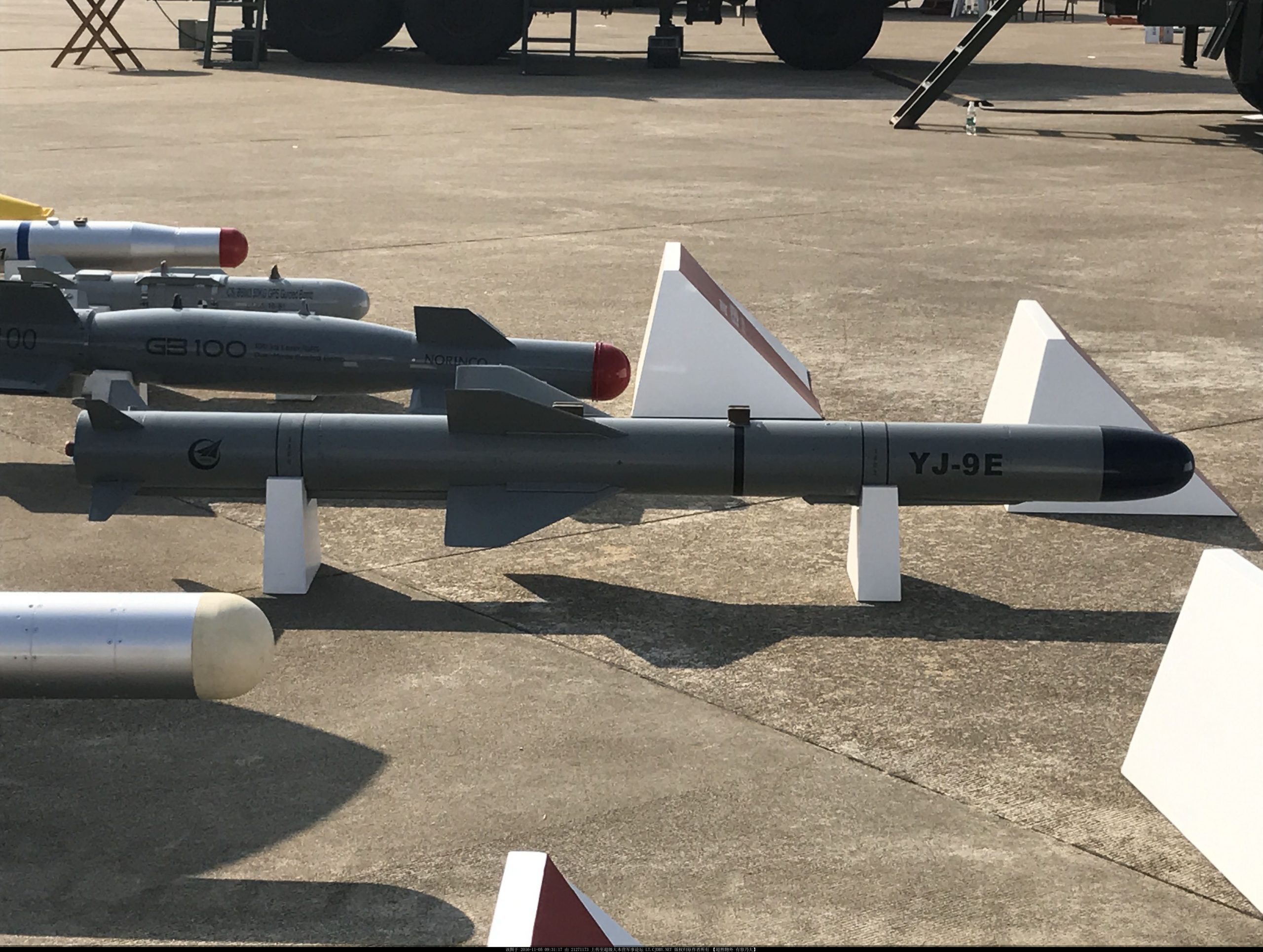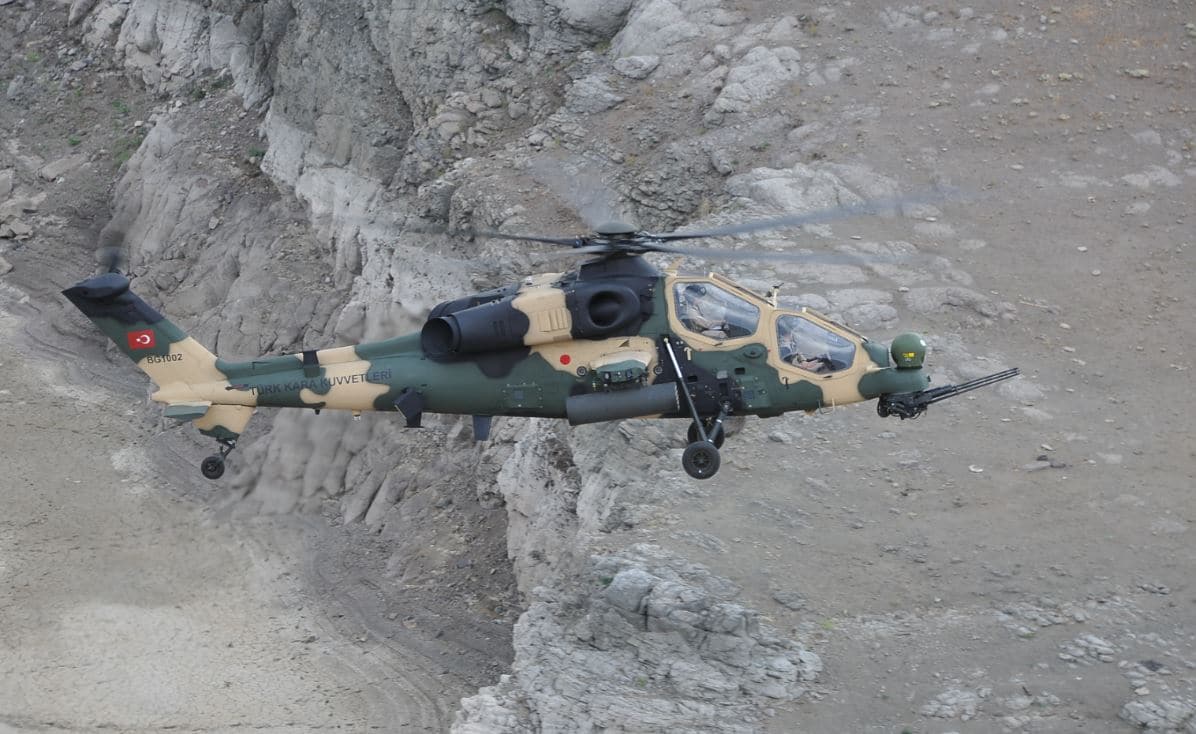2350Views 0Comments

China marketing diverse range of air-to-surface weaponry
At the Zhuhai Air Show, the Chinese defence industry showcased its diverse range air-to-surface munitions and solutions.
IHS Jane’s reports that the Ying Sun (YINGS) III is a day and night-capable laser-targeting pod available in three differently sized (in terms of diameter) sub-variants: 330 mm, 360 mm, and 390 mm.
Aviation Industry Corporation of China (AVIC) officials informed Jane’s that the YINGS III is a modular design that can be configured for various mission requirements.
It appears that the YINGS III is a re-branding and expansion of the WMD-7, which AVIC has been offering alongside the JF-17 and L-15. The YINGS III Model 330 utilizes a low aerodynamic drag design akin to the AN/AAQ-33 Sniper Advanced Targeting Pod (ATP).
In tandem with the YINGS III, AVIC also displayed a diverse array of precision-guided air-to-ground bombs:
- YJ-6 (CS/BBC5): 500-kg “Extended-Range Guided Cargo Bomb.” The YJ-6 seems to be the GB-6, which was marketed as an analogous solution to the AGM-154 Joint Stand-off Weapon (JSOW). Like the JSOW, the YJ-6 can carry bomblets (not known if this includes guided-bomblets).
- YL-8 (CS/BBD3): 250-kg laser-guided bomb (LGB) analogous to the GBU-12 Paveway II. The 500-kg variant is marketed as the YL-12.
- YJ-9E: A 105-kg air-to-ground missile that can be configured with active radar-homing, electro-optical, or semi-active laser-homing seekers. It has a range of 15 to 25km. This appears to be an attempted analogue of the MBDA Brimstone.
- YL-14 (CS/BBM2): 100-kg satellite-guided “glider aerial bomb.” This seems to be analogous to the GBU-39 Small Diameter Bomb (SDB).
China Aerospace Science and Industry Corporation (CASC) also showcased its portfolio of anti-ship cruise missile (ASCM) solutions (Shephard Media).
Alongside the popular YJ-8 (C-802) series of ASCMs, CASC displayed the CM-708UNB submarine-launched ASCM. The CM-708UNB was unveiled in April at Defence Services Asia (DSA) in Malaysia.
In addition, CASC also marketed the CM-302 ASCM, an export variant of the YJ-18 or YJ-12. The CM-708UNB and CM-302 are both limited to 290-km in range.
Notes & Comments:
China is maintaining a strong and diverse line-up of strike munitions for the export market, which will help in driving interest towards its principal delivery platforms, i.e. the FC-20 (J-10A), JF-17, and L-15. However, the Chinese industry’s willingness to try and match emerging American and Western European solutions, such as the JSOW and SDB, with analogous solutions could emerge as a competitive advantage.
First, if these munitions are being embraced by the People’s Liberation Army Air Force (PLAAF), then the domestic scale will enable AVIC to market the likes of the YJ-6 and YJ-9E relatively cheaply (especially in the context of China’s cost advantages in manufacturing).
Second, China will be more flexible in terms of access and configuration than the U.S. and Western Europe. For example, the chances of the Pakistan Air Force (PAF) procuring the YJ-6 for use from the JF-17 are much higher than it procuring the JSOW for its F-16s. The prospect of emerging warfare capabilities (e.g. JSOW and SDB analogues), especially those largely confined to a few NATO powers and non-NATO U.S. allies, could be attractive to many developing world markets.


